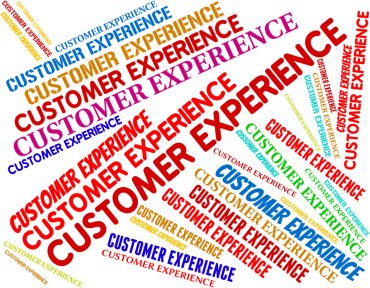
What is streaming analytics? Enterprise market participants will want to understand how these new data gathering and analysis methods will affect them.
In a world of constant rovers of data being produced by connected machinery and sensors of all kinds, streaming analytics are beacon critical to monetizing the ROI of IoT and AI deployments. But what do we mean by streaming analytics in this context?
Streaming analytics, sometimes also called event stream processing, is the analysis of huge pools of current and “in-motion” data sometimes called “event streams.” These streams are imposed of events that happen due to an action or set of actions, such as a financial transaction, equipment failure, or some other trigger.
These triggers can be very detailed and granular, like something that happens within a machine’s system at a given point in time; that could be a sensor reading, a social post of website click or some other measurable activity. With the growing number of connected devices due to IoT, this will dramatically increase the number of the streaming “events” that surround certain business activities. And the more data an entity or enterprise generates, the better the potential benefits from streaming analytics.
See also: Streaming analytics puts data on the move
Consider this streaming analytics use case: Imagine two manufacturing plants. each one competing for its share of a specific market.
As expected, both rely on customer satisfaction and repeat business to measure success in their respective businesses, and both have detailed and aggressive quality control measures in place. But one manufacturer captures and analyzes streaming data to help assure quality since they have sensors that monitor everything from factory machine health to order fulfillment.
And this manufacturer also ensures that sensor data passes through in-memory analytics queries on the fly, which helps executives find and repair any problems before those problems end up with the consumer. So which of these two manufacturers is likely to have a competitive advantage?
Complimentary to existing analytics platforms
While streaming analytics is enabled by new cloud infrastructure and increased compute capacity to process large amounts of real-time data, it shaped be considered additive to existing analytics platforms. They add real-time insight to executive decision-making processes and can enable better business decisions by focusing on live, streaming data.
Traditional approaches rely on batch processing, where data is scored based on a schedule and may only process new data hourly, overnight or even weekly. These approaches are inherently reactive because they focus on aging information, which means businesses can only react to past events or conditions. Traditional architectures are limited because they have difficulty efficiently managing and tracking the consumption of event streams.
But streaming analysis adds to this by removing some of the more static aspects of traditional data gathering and processing.





























